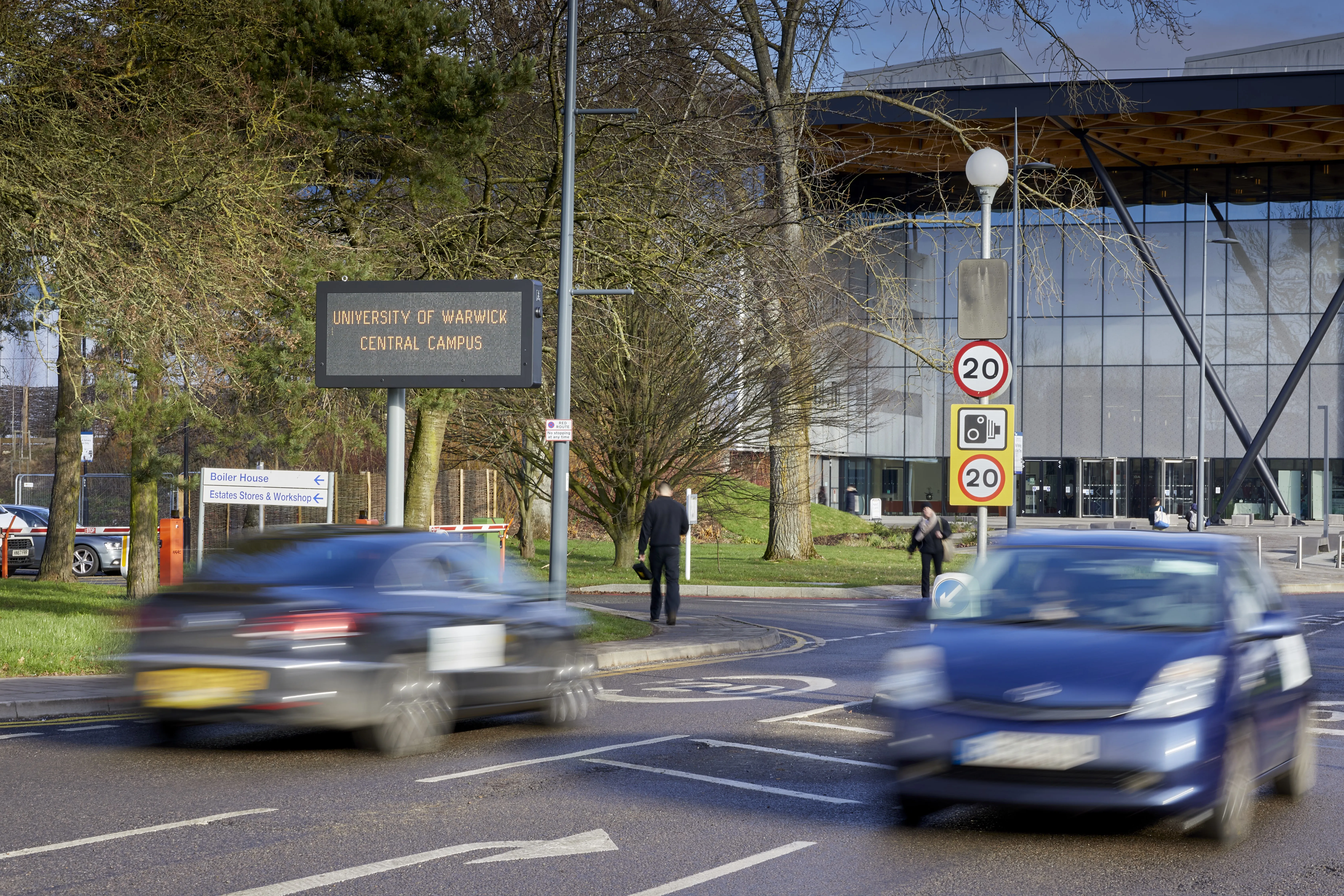Q-Free has launched a pilot of a new smart parking sensor, in collaboration with communications providers, Telenor and the Norwegian Public Roads Authority (NPRA), with the aim of testing the new Narrow Band Internet of Things (NB IoT) communications technology with its parking sensors.
The in-road sensor enables parking operators to monitor the occupancy of outdoor and indoor and is designed to withstand the weight of heavy vehicles consistently driving over it, as well as the impact of a snow plough cl
February 2, 2017
Read time: 2 mins
The in-road sensor enables parking operators to monitor the occupancy of outdoor and indoor and is designed to withstand the weight of heavy vehicles consistently driving over it, as well as the impact of a snow plough clearing snow.
Installed in each parking space, the sensor uses radar-based technology to sense whether a vehicle is present in that space. The data is transmitted via NB IoT communications to a range of outputs, such as variable message signs located near the car park or straight to end-users through websites or mobile phone applications.
The testing will take place at NPRA’s park and ride facilities at Ranheim, near the city of Trondheim.










